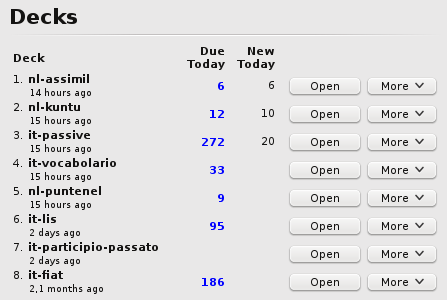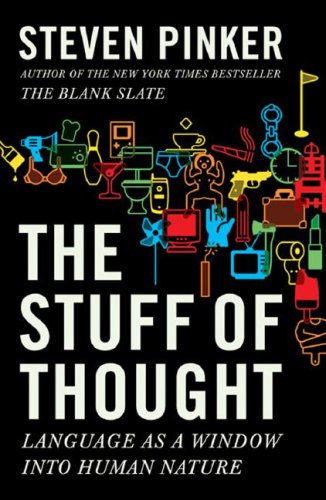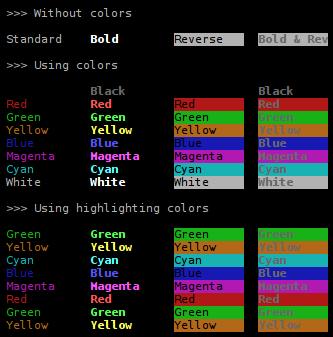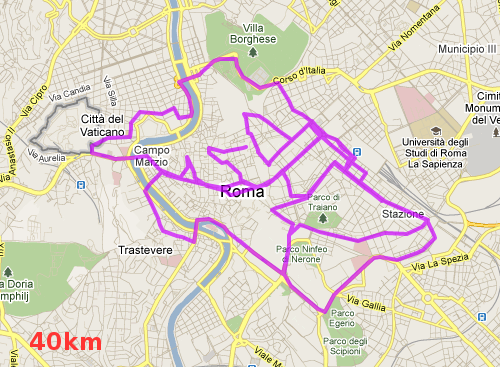Axiom: SRS is by far the most effective vocabulary learning method I've ever seen.
Corollary: There is no way I could have learned nearly as much vocabulary with my usual laid back attitude.
Don't get me wrong, I'm happy spending most of my life propping up the idea that "if a word wants me bad enough it will find a way to attach itself". It's modest reward for scarce effort and I like it that way. There is so much more worth doing in life than learning lots of words. But there are times when a quick uptake of vocabulary is pretty crucial, namely in the opening stages of a new language. It's when you put in a lot of effort and consequently, where seeing results matters a whole lot. But it matters not only for motivation. It also greatly impacts the quality of your early learning process if you can absorb the core vocabulary quickly.
I found this out last year when I was starting on Italian and I realized I had learned lots of not-all-that-interesting-but-important words that would have taken me several times longer without SRS. To my good fortune, I knew about Anki and I had read enough plaudits to try it.
Still, there is a problem. Anki may be effective, but I wouldn't call it fun. In fact, it's awfully tedious. So much so that even though I appreciate how helpful it is, most days I just can't persuade myself to click the icon that launches it. I get little thrill from returning to the same words that I saw yesterday and couldn't remember then. Plus the interaction itself is highly tedious; clicking those buttons like it's some kind of psychological survey, trying each time to pick the most appropriate choice.
Making it more fun
Alright, how? Khatzumoto writes about timeboxing and SRS tirelessly, and after reading through most of that I was ready to try it out. The idea is to go from "man this is boring, how much longer?" to "I only have 5 minutes, how much can I get done?" and it sounds like it's never going to work. And yet.. okay, have you ever stayed at a nice place on vacation for just a bit too long, so much so you get bored? The idea is to leave wanting more, it's basic showmanship. Timeboxing, believe it or not, adds that element of urgency to the mix. You give yourself 5 minutes for Anki and that means you only have 5 minutes, however many decks you have.
Yeah, it's weird. But here's what it looks like to me. Before timeboxing I would start up Anki, gaze at all the decks I have and all the cards that are up for review and sigh. "What a pain it's gonna be to review all that." Now, all of a sudden, I have a different reaction. "Alright, I have all these decks, which one do I most want?" Then I start on one and keep going for a while, but not for too long since I also want to cover other ground. The 5 minutes is almost up and I still want to get more done so it ends up being 7 minutes. 7 minutes, which prior to timeboxing, seemed like a century of Anki.
Decks - how to plan them out?
You could just put everything in one giant deck, but I don't like that idea. I did that at first and I found out that I like to have some notion of the context where the information was from. Is it from a textbook, a vocabulary list on a particular topic, from reading or watching stuff (ie. passive learning) or what? That gives me a choice; I can pay close attention to some vocabulary set that's important right now. And if a particular deck is just annoying me I can remove it completely.
It's also a way to manage my morale. If I review lots of cards from a tough deck and I can't remember anything (ie. the thing that makes me unhappy), I can counter that with an easy deck where I win easy points.


 August 10th, 2010
August 10th, 2010





